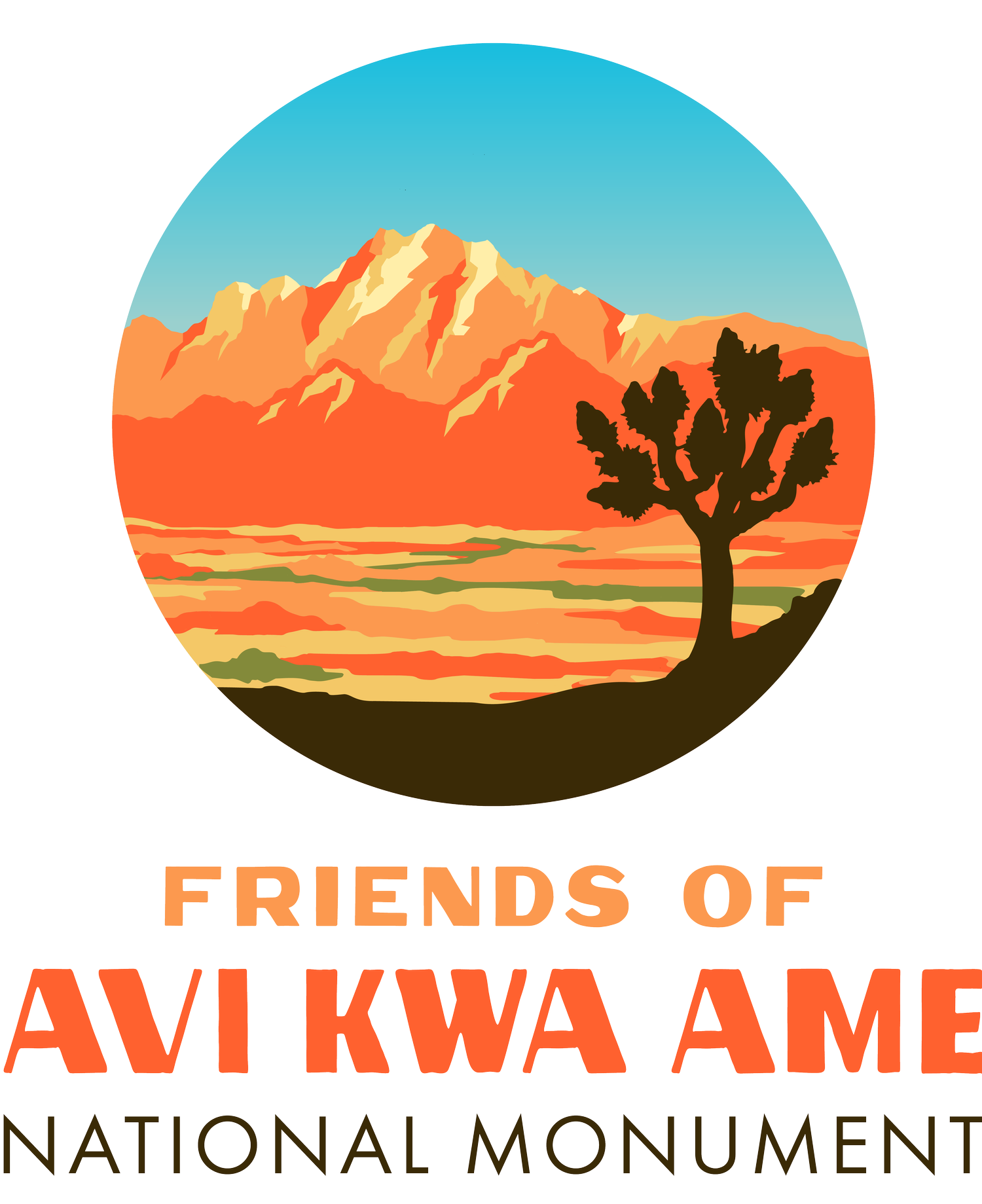
HIKES & DRIVES
within AVI KWA AME NATIONAL MONUMENT
Looking to explore? Here are a few hikes and drives that we recommend. More are currently being verified and compiled, so check back again soon!
Make sure to know before you go—check out safety tips and information about visiting with respect before heading out on your adventure.
-

HIKE: Castle Mountains Grasslands Trail
-
DRIVE: Christmas Tree Pass Scenic Loop
-
HIKE: Hiko Springs Canyon
-
DRIVE: Eldorado Valley Backcountry
-
HIKE: Wee Thump Joshua Tree via Eldorado Trail
MORE RESOURCES
Looking for something more in-depth? Feel free to view and download the documents below.

LAND ACKNOWLEDGMENT
Avi Kwa Ame mountain and the land within Avi Kwa Ame National Monument is considered sacred to at least twelve different local tribes, including the Mojave, Hualapai, Yavapai, Havasupai, Quechan, Maricopa, Pai Pai, Halchidhoma, Cocopah, Kumeyaay, Nuwuvi (Southern Paiute) and Hopi. For the ten Yuman-speaking tribes, Spirit Mountain is considered their origin place.
We offer gratitude for the land itself, for those who have stewarded it for generations, and for the opportunity to protect, advocate for, learn from, and be in community with this land.




